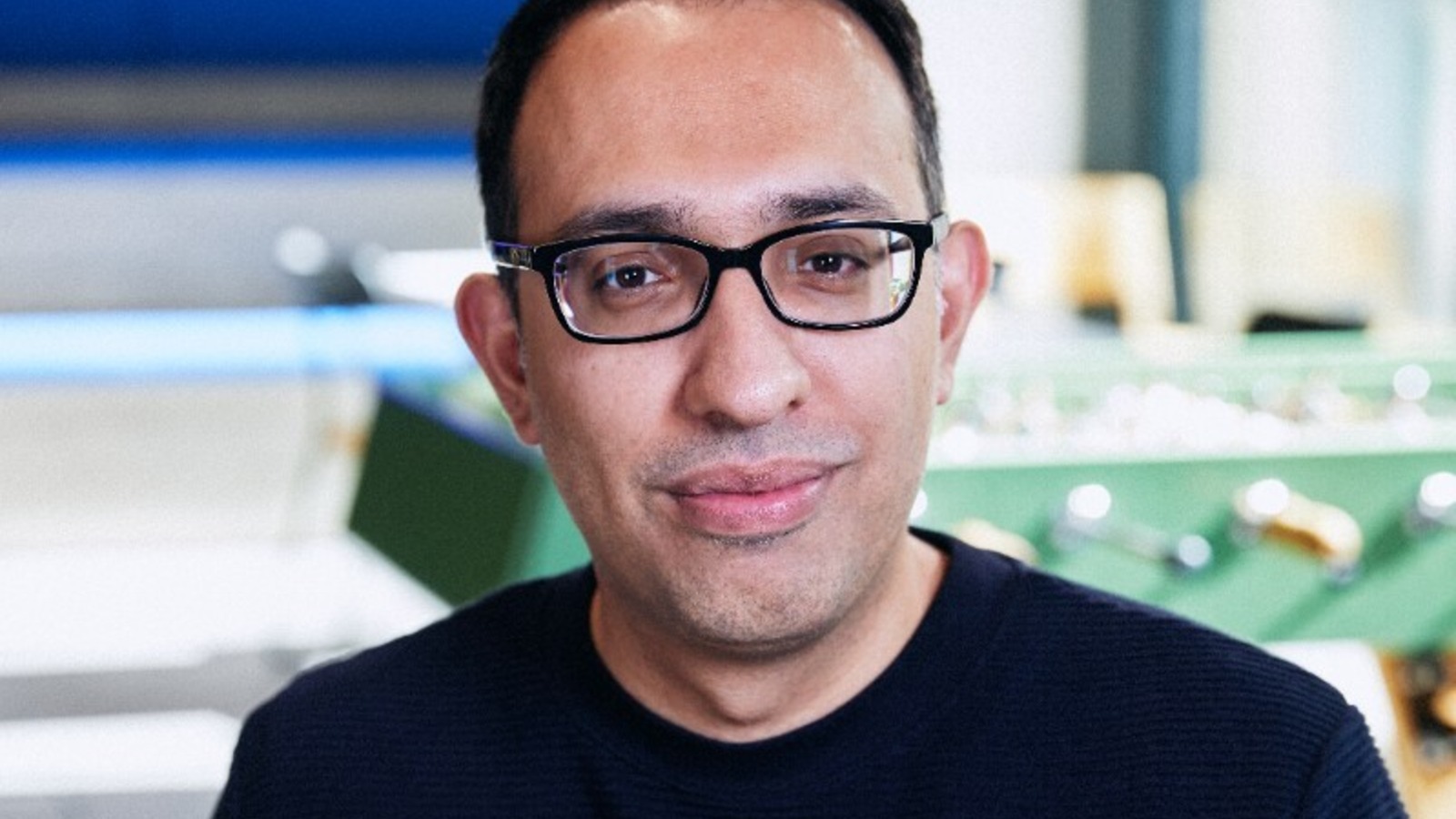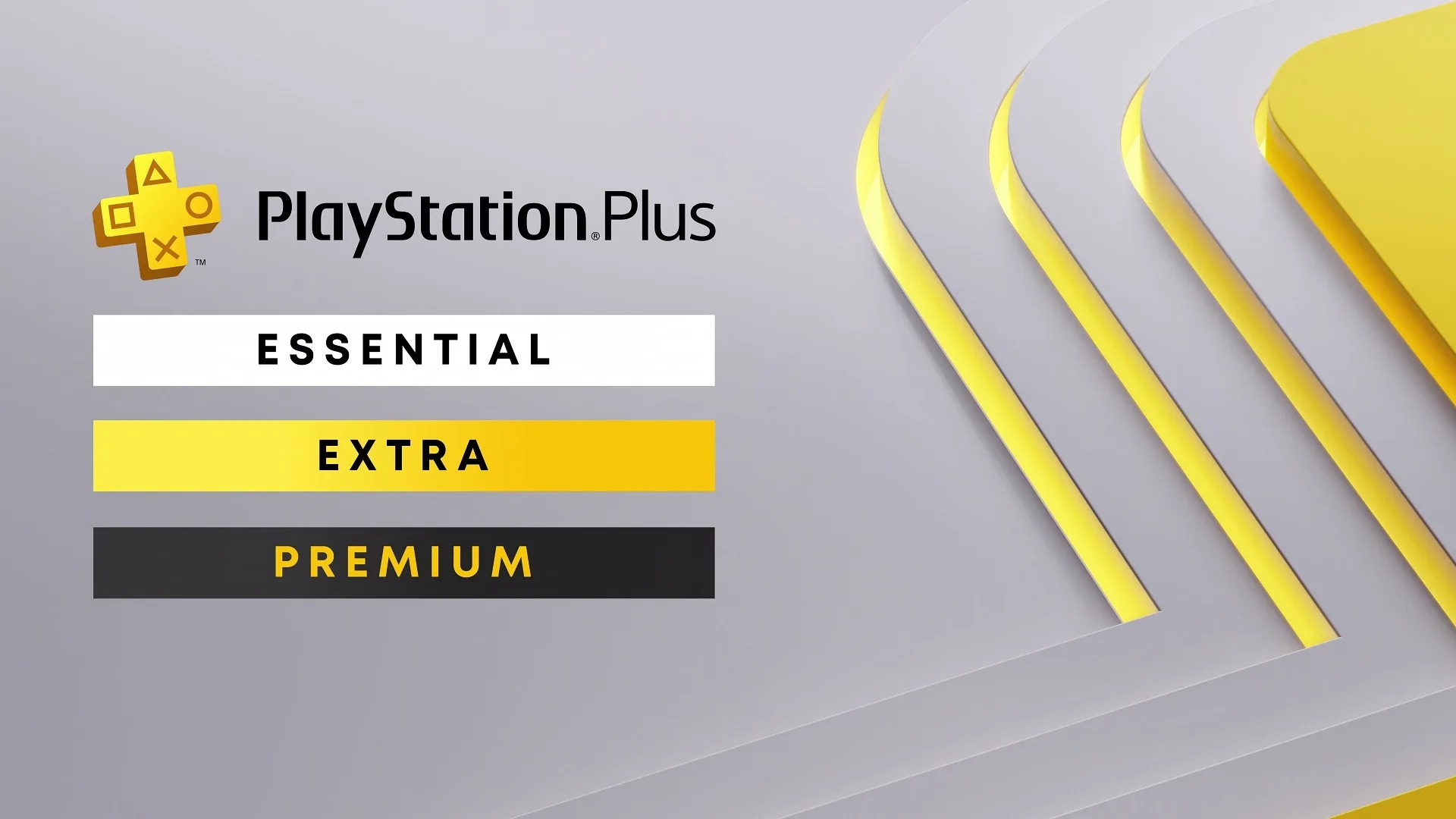Free-to-play and platform-agnostic. That’s the future of games as a service. The idea of a game as a live service, as a continually updated platform, delivering players new content on a regular basis, isn’t new. But over the last decade, the concept has been honed to a sharp point: The most-successful live-service games are available across multiple gaming systems and have done away with the obstacle of an up-front payment.
The numbers speak for themselves. Honor Of Kings and PUBG MOBILE are free for users to download and play, yet they are two of the highest revenue drivers in the video game industry today. Together, these titles demonstrate how wildly successful the “Games as a Service” (or GaaS) model can be.
Ongoing revenue
Saad Choudri is the CEO of Miniclip, one of the world’s biggest mobile game publishers. Miniclip’s games have been downloaded over four billion times. Choudri told Pocket Gamer that the free-to-play model has driven his company’s success.
“The idea is that once many players have downloaded and played a free game, some of them will enjoy it so much that they will be willing to pay for cosmetic add-ons, new features, in-game currencies, and other in-app purchases (IAP) for an enhanced experience,” he told the publication.

Ongoing revenue streams take many forms, from subscription fees and premium expansions to the microtransactions Choudri cites. Increasingly, limited-time content such as Season or Battle Passes, which feature both free-to-play and premium tracks, are becoming commonplace. Most GaaS titles will feature a combination of these revenue streams.
Post-launch revenue streams are not new, of course. In the past, the focus was on premium disc add-ons. Content updates and even balance patches were important ways of maintaining the interest of existing users, as well as offering developers and publishers a way to attract new players. The PC shareware model that vaulted id Software and Epic Games to fame in the 1990s is an early form of GaaS – the first episode of the original 1993 DOOM was released for free, while subsequent episodes were available for purchase later.
GaaS today
Today’s GaaS landscape is the fine-tuned result of these decades of history and industry experience. Over time, GaaS has moved towards a free-to-play model. The earliest MMOs debuted in the 90s at a full premium price alongside a monthly fee and premium-priced expansions. Today, it’s rare to see an MMO launch with a price tag attached, while the monthly subscription model is also being abandoned in favor of in-game purchases.
Destiny 2 launched in 2017 at a standard AAA retaill price point. Since going free-to-play in late 2019, Bungie’s first-person shooter has gone from strength to strength. The yearly premium paid-for expansions and quarterly season updates account for close to US$1 billion in life to date earnings and boast millions of active monthly players. Rocket League managed a similarly fruitful transition. Since its acquisition by Epic Games and explosive popularity as an e-sport, Rocket League has generated an estimated US$900 million in revenue as a free-to-play title.

One of the key characteristics of GaaS games is that they offer a persistent world. The game is a living thing – always available to be played, with regular content updates. The rise of the Battle Pass over the last five years is the culmination of this type of design. While most games offer a basic battle pass to all players for free, the premium track is where the best rewards – including in-game currencies, limited-time items and cosmetics – can be found.
The Future of GaaS
Whereas most talk of GaaS focuses on individual games and how they operate in a live-service environment, the future necessarily has to involve the plans first-party platform owners such as Microsoft, Sony and Nintendo have for their own subscription-based revenue models.
Microsoft has Xbox Game Pass and Sony has PlayStation Plus, meta-level services offering games as a subscription – more akin to Netflix and other streaming providers. PlayStation CEO Jim Ryan says GaaS, or live service games, are the future of the industry.
“[The] phenomenon of the live service game… that has, in a very large part, fueled the enormous growth in the gaming industry that we’ve seen over the last ten years. I think that trend towards live services will continue, and if you look for a model in our category of entertainment, which supports sustained engagement over a long period of time, live services games arguably fit that bill better than a subscription service,” Ryan told GamesIndustry.biz.
The ideal scenario, for the end-user, at least, would be for these services to become platform-agnostic, that is, for the Xbox Game Pass library to be available to PlayStation 5 users who pay Microsoft, and for the PlayStation Plus or PlayStation Premium library to be available to Xbox Series X|S users who pay a subscription fee to Sony. Or indeed, be available through any sufficiently capable device you can connect to the internet.
Cross-platform play
Companies are already making strides to allow users to enjoy the same games across platforms. Two of the most meaningful developments are cross-play, where Xbox and PlayStation users can play together, and cross-save, where players can transfer their save files from one platform to another. If the industry is to develop a “Netflix of games,” then such games as a service cannot be tied down to a specific platform.
Getting the platform holders to agree on the precise details of cross-platform play is a challenging and ongoing task. But what is clear is that all players, regardless of which platforms they are on, believe they benefit from cross-platform play.

In a cross-platform future, the platform most likely to dominate is the one that is already ubiquitous: the mobile phone. Everyone already has one. And upgrading a phone to keep pace with developments in gaming technology is cheaper than maintaining a cutting-edge PC or even the newest generation of console hardware.
As Miniclip’s Saad Choudri told City AM: “We’ve always followed where the players go and the players are going onto mobile. With a computing device in your pocket, it just made more sense that you would just consume more [games] there.”
Finding the sweet spot
The core objective of GaaS is player retention. Whether it’s a subscription to Xbox Game Pass or purchasing the next Fortnite Battle Pass, developers and publishers must offer the right package of incentives to encourage their players to stick around.
Getting it right is a win-win for the industry and for consumers. Not only does it offer a secure, ongoing source of revenue for the studios, but it allows players to continue to invest quality time into their favorite game worlds.


